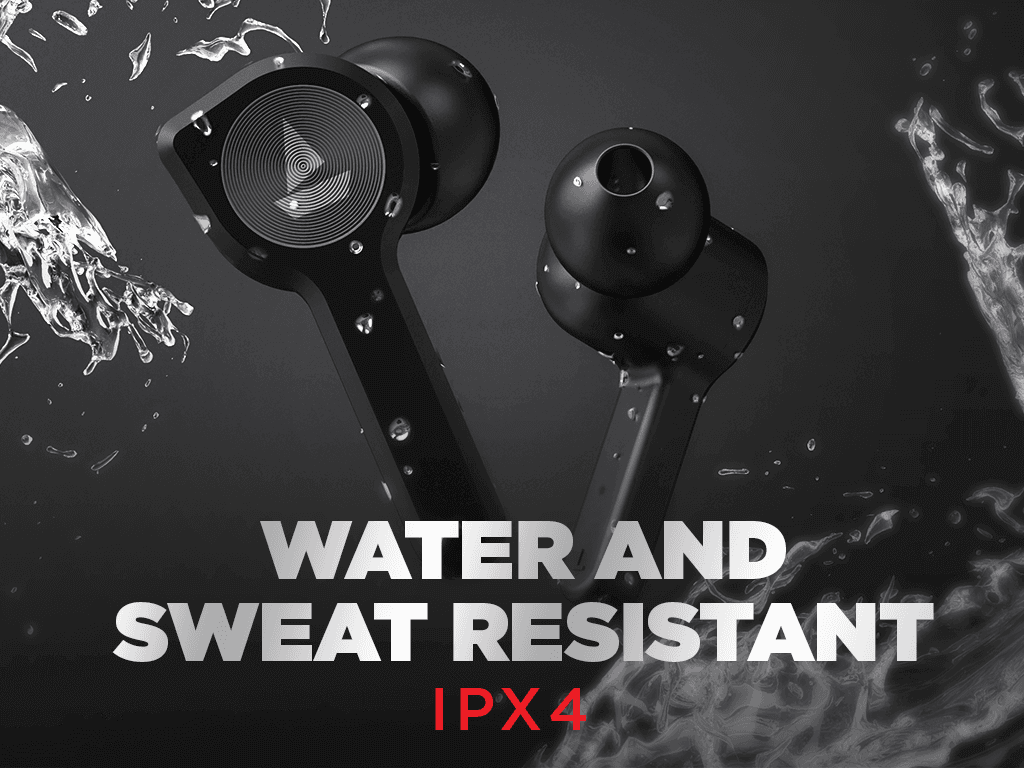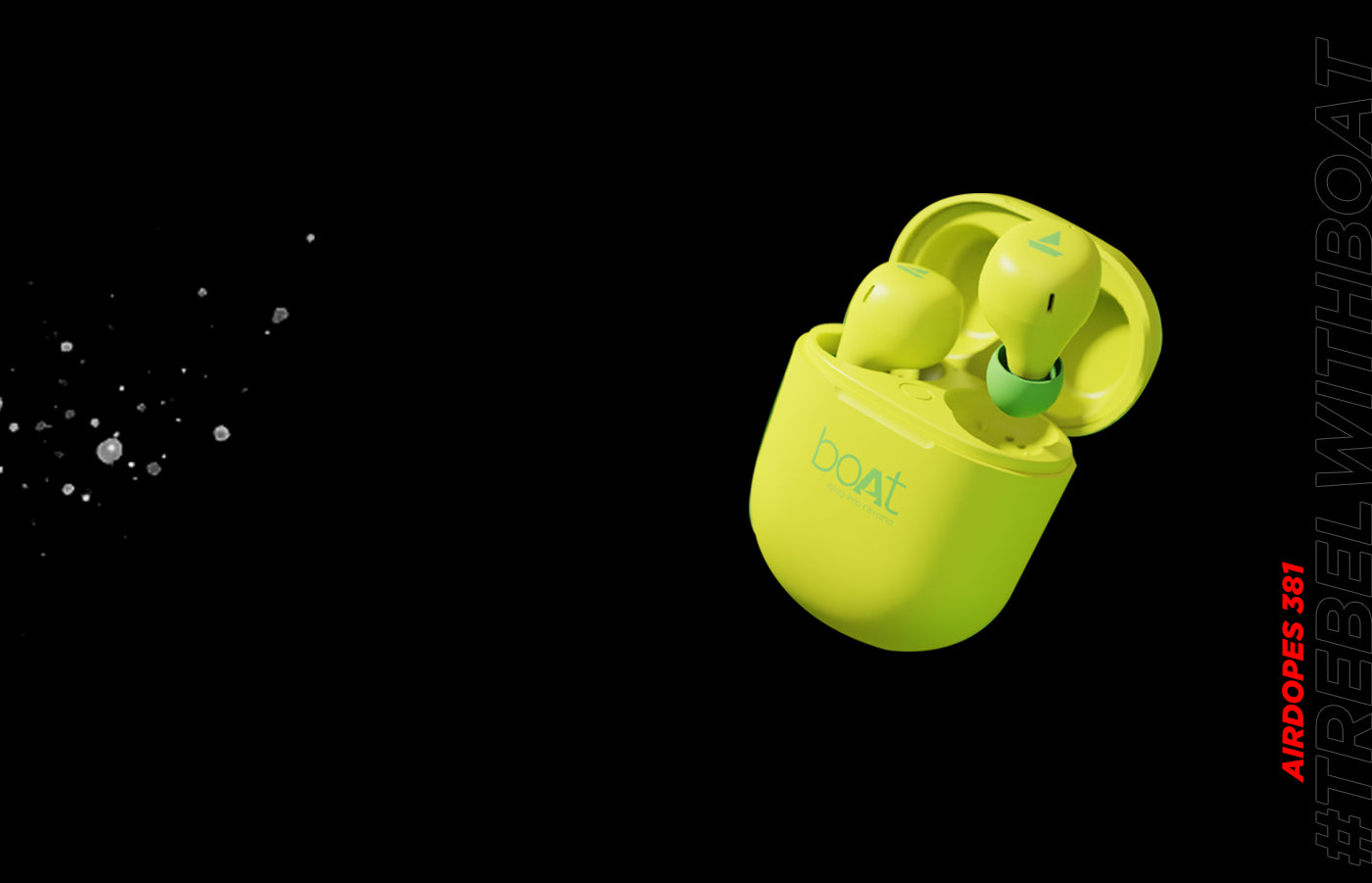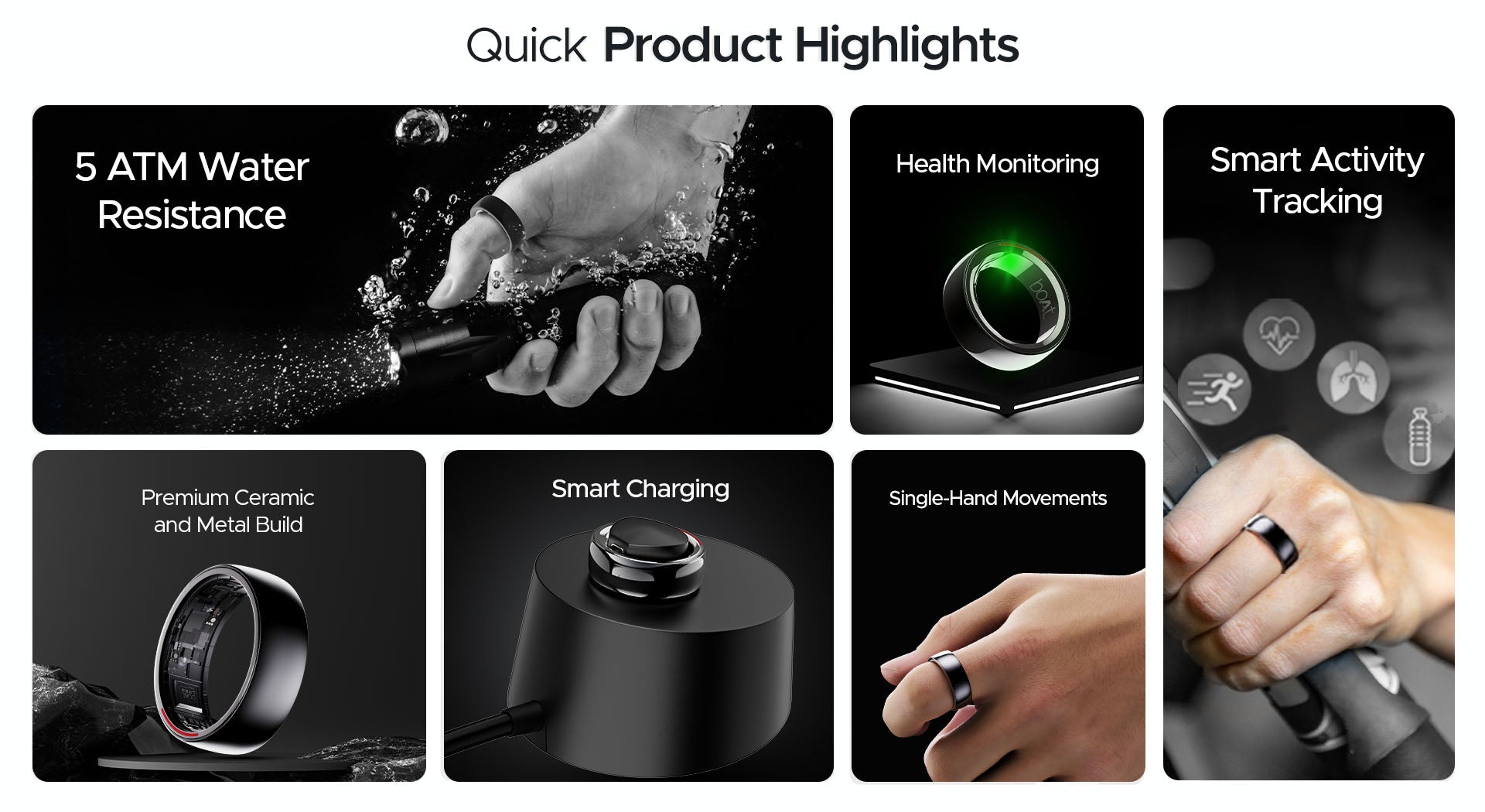BoAt’s Cost-Cutting Strategy: Embracing Local Markets for Competitive Edge 2023

BoAt’s Cost-Cutting Strategy: Embracing Local Markets for Competitive Edge 2023
BoAt, a rising star in the audio and wearable electronics segment, is known for its quality products that offer a blend of style and performance. As the brand grows, it is exploring new avenues to make its products even more cost-effective. A significant step in this direction is its endeavor to embrace local manufacturing and supply chains.
In a rapidly evolving consumer electronics market, staying competitive is essential for any brand. One of India’s leading consumer electronics companies, boAt, has been making waves in the audio and accessories industry.

Known for its trendy and affordable products, boAt has garnered a massive following both in India and abroad. In its pursuit of maintaining a competitive edge and enhancing profitability, boAt has adopted a strategic approach of going local to cut costs.
Not just multinational giants like Apple or Samsung are putting more emphasis on localization. Many indigenous companies that were importing a significant portion of their material from China have also embraced the government’s Make in India initiative.
Market leader in audio devices and wearables boAt Lifestyle is attempting to switch out foreign components for ones made in India. The corporation will benefit from lower production costs as a result, some of which it will pass along to customers.
Currently, boAt uses contract manufacturers in India to construct roughly 80% of its audio products and 95% of its wearables. The business is in discussions with suppliers in India for printed circuit board assemblies (PCBA) and batteries, which normally make up the greatest portion of its input expenses, as part of the next step of localising its manufacturing.

By the end of the next year, the firm hopes to have around 70% of its entire volume sourced from local vendors. The company has already begun sourcing some of its PCBAs locally. Regarding batteries, it is still in contact with a number of vendors with the intention of beginning localization by March.
BoAt now has partnerships with around 13 contract manufacturers in India, including Dixon Technologies, with whom it has a manufacturing joint venture and manufactures 60–65% of its total output, Bharat FIH, Foxconn, VVDN Technologies, and ILJIN Electronics.
In addition to these collaborations, the firm also has a research and development centre in Bengaluru, India, where it employs 120 people and devotes a sizeable portion of its budget to R&D.
BoAt, founded in 2016 by Aman Gupta and Sameer Mehta, quickly became a household name in India’s consumer electronics market. The brand specializes in audio equipment such as headphones, earphones, and speakers, along with a range of smartphone accessories. BoAt’s success can be attributed to its commitment to delivering high-quality products at affordable prices and its emphasis on style and design.

As the consumer electronics market becomes increasingly competitive, cost management is crucial for companies like boAt. Maintaining competitive pricing while ensuring product quality and design requires innovative strategies. One of these strategies is to localize production and sourcing.
By going local, boAt aims to reduce its dependency on imports, especially from countries like China. This is particularly relevant given the occasional geopolitical tensions and trade disruptions that can impact supply chains.
Local manufacturing can lead to savings in various areas such as customs duties, shipping costs, and longer waiting times. By producing closer to the consumer market, logistics become simpler and faster.
Investing in local infrastructure and facilities can create jobs and stimulate the local economy. It is not just about cost-cutting but also about contributing to the nation’s growth.

BoAt has embarked on a strategic journey to go local, which involves transitioning a significant portion of its manufacturing and sourcing operations to India. This decision is driven by several factors:
- Cost Reduction: One of the primary motivations for going local is to reduce manufacturing and operational costs. Producing products domestically can often be more cost-effective than outsourcing to other countries, particularly when it comes to labor and logistics expenses.
- Supply Chain Resilience: The COVID-19 pandemic exposed vulnerabilities in global supply chains, causing disruptions in manufacturing and delays in product deliveries. By shifting to local suppliers and manufacturing facilities, boAt aims to enhance supply chain resilience and reduce its dependence on international sources.
- Government Initiatives: The Indian government’s “Make in India” campaign and other policy initiatives have encouraged domestic manufacturing. BoAt’s decision to go local aligns with these government efforts and may lead to various incentives and benefits for the company.
- Quality Control: Maintaining strict quality control is easier when production is local. BoAt can have better oversight of its manufacturing processes, ensuring that its products meet the desired quality standards.
- Faster Time-to-Market: Local production can significantly reduce lead times, allowing boAt to respond more quickly to changing market trends and consumer demands.

While transitioning to a local manufacturing and sourcing model offers numerous advantages, it also presents certain challenges and considerations for boAt:
- Skill Development: BoAt needs to invest in training and developing a skilled workforce for its manufacturing facilities, which may require time and resources.
- Initial Capital Investment: Shifting production to India may involve significant initial capital expenditure for setting up manufacturing units and acquiring the necessary machinery and infrastructure.
- Supplier Relationships: Transitioning from international to local suppliers requires building new relationships and ensuring that local suppliers can meet the company’s quality and quantity requirements.
- Market Response: BoAt’s customers have grown accustomed to its existing product lineup. Any disruption in the supply chain during the transition could potentially affect customer satisfaction and brand loyalty.

One of the primary challenges is establishing a robust infrastructure for manufacturing. This includes sourcing machinery, training workforce, and ensuring quality control measures.While going local offers many advantages, it’s crucial to find reliable suppliers that can match the quality and consistency of international counterparts.
Local manufacturing often requires navigating a maze of regulatory and compliance requirements. Ensuring that every step of the process adheres to local laws is essential.
One of the primary strategies boAt is employing is to invest heavily in Research and Development (R&D). This ensures that the products manufactured locally are of the same quality as those produced internationally.

Collaborating with local partners can help in navigating the complexities of local manufacturing. This includes partnerships with suppliers, distributors, and even governmental bodies.
To ensure the workforce is up to the task, boAt is focusing on skill development initiatives. Training programs and workshops are being organized to elevate the skills of the local workforce to global standards.
The most direct impact on the consumer could be a reduction in product prices. If boAt successfully manages to cut costs through local manufacturing, those savings could be passed onto the consumers.
With local manufacturing hubs, the time taken from production to the product reaching the consumer can be significantly reduced, leading to faster deliveries.
For many consumers, buying a product that is locally manufactured adds an element of pride, as it supports local jobs and contributes to the nation’s economy.
BoAt’s decision to go local as a cost-cutting strategy is a significant move aimed at enhancing its competitiveness in the fiercely competitive consumer electronics market. By reducing costs, improving supply chain resilience, and aligning with government initiatives, boAt aims to secure its position as a leading brand in the industry.

While there are challenges involved in this transition, boAt’s reputation for delivering quality and trendy products at affordable prices suggests that the company is well-positioned to navigate these challenges successfully. As the company continues to evolve and adapt to changing market dynamics, its commitment to going local may prove to be a crucial element in its long-term success.
boAt’s strategic decision to go local underscores the importance of cost management and supply chain resilience in the consumer electronics industry, serving as an example for other companies looking to maintain their competitiveness in a boAt’s move towards local manufacturing is a significant step, not just for the company but also for the larger narrative of self-reliance and local growth.

While challenges lie ahead, the potential benefits in terms of cost savings, faster deliveries, and economic contributions are enormous. If successful, boAt could set a precedent for other companies to follow, leading to a more self-reliant and resilient economic ecosystem.




